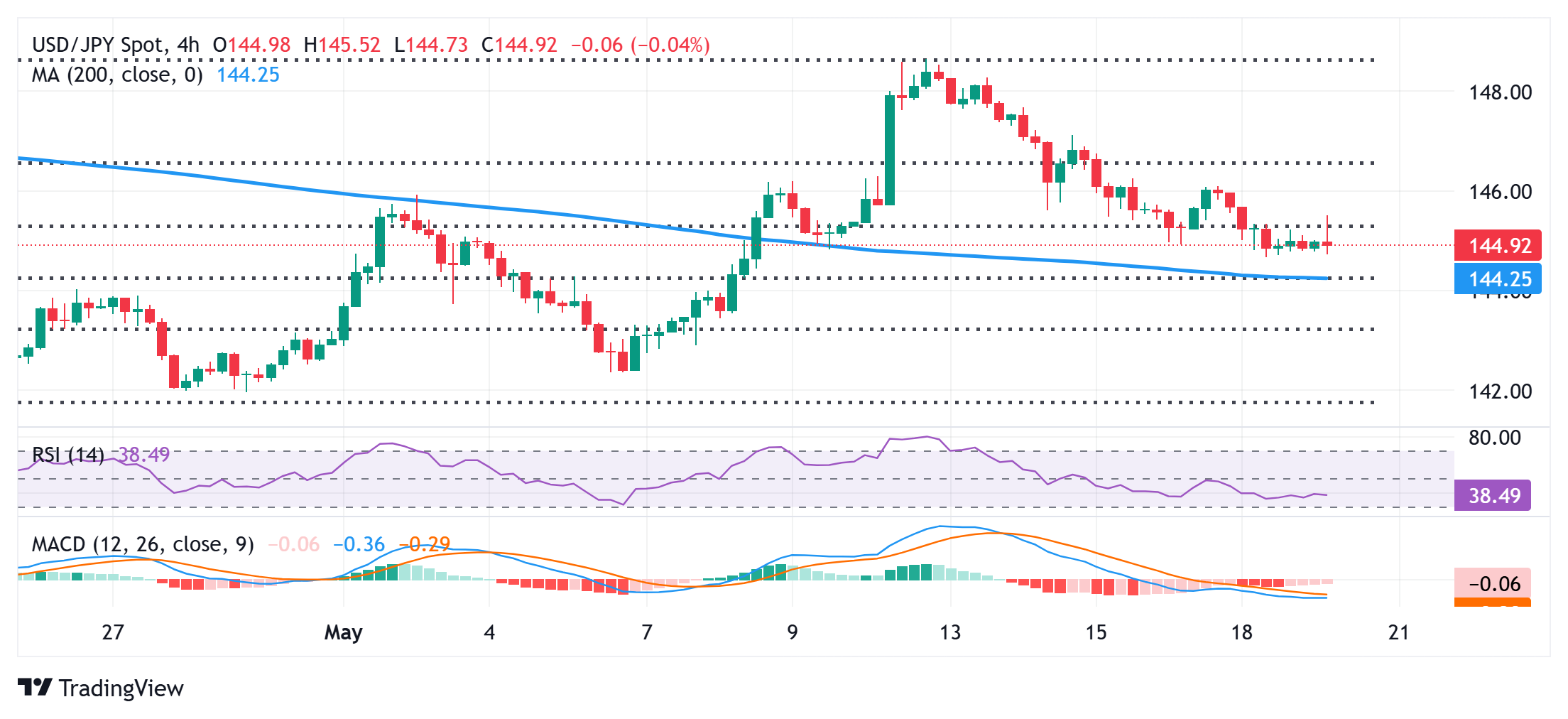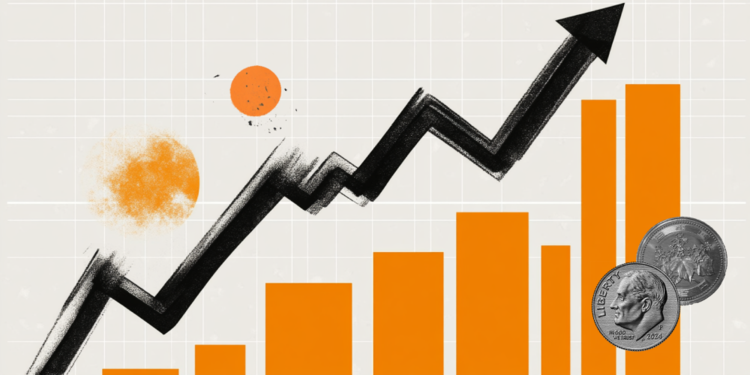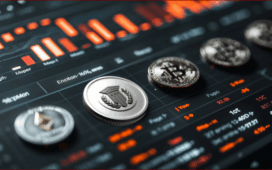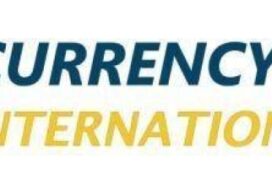- The Japanese Yen reverses a major part of the modest Asian session downtick amid BoJ rate hike bets.
- Dovish Fed expectations keep the USD bulls on the defensive and benefit the lower-yielding JPY.
- Receding safe-haven demand might cap any further JPY appreciation and support the USD/JPY pair.
The Japanese (JPY) attracts fresh buyers following an Asian session downtick on Tuesday, which, along with subdued US Dollar (USD) price action, drags the USD/JPY pair to a nearly two-week low, around the 144.60 area in the last hour. Investors seem convinced that the Bank of Japan (BoJ) will hike interest rates again in 2025, which, in turn, is seen as a key factor behind the JPY’s relative outperformance. The USD, on the other hand, struggles to lure buyers amid bets that the Federal Reserve (Fed) will lower borrowing costs further.
Meanwhile, a surprise downgrade of the US government’s credit rating on Friday appeared to have a modest impact on the global risk sentiment. This is evident from a generally positive tone around the equity markets, which might keep a lid on any further gains for the safe-haven JPY and act as a tailwind for the USD/JPY pair. Nevertheless, the fundamental backdrop seems tilted in favor of the JPY bulls and suggests that the path of least resistance for the currency pair is to the downside as traders look to the Fedspeak for a fresh impetus.
Japanese Yen remains on the front foot against USD amid divergent BoJ-Fed expectations
- Investors looked past Moody’s downgrade of the US sovereign credit rating to “Aa1” from “Aaa” on Friday amid rising trade optimism, which, in turn, prompts fresh selling around the safe-haven Japanese Yen during the Asian session on Tuesday.
- The US and China agreed to significantly lower tariffs and initiated a 90-day pause to finalize a broader deal, which marked the de-escalation of a disruptive standoff between the world’s two largest economies and boosted the global risk sentiment.
- Bank of Japan Deputy Governor Shinichi Uchida said on Monday that Japan’s underlying inflation is likely to re-accelerate after a period of slowdown and that the central bank will keep raising interest rates if the economy, prices improve as projected.
- Moreover, the BoJ’s Summary of Opinions from the last meeting revealed that policymakers haven’t given up on hiking interest rates further, and some board members saw scope to resume rate hikes if developments over US tariffs stabilise.
- Japan’s Finance Minister Katsunobu Kato hinted at plans to speak with US Treasury Secretary Bessent on FX at the G7 finance leaders’ meeting later this week. However, Kyodo News reported that Bessent, is not expected to attend the meeting.
- The US Consumer Price Index (CPI) and the Producer Price Index (PPI) released last week pointed to signs of easing inflation, while the disappointing US monthly Retail Sales data increased the likelihood of several quarters of sluggish growth.
- Two Fed officials –New York Fed President John Williams and Atlanta Fed President Raphael Bostic – suggested on Monday that policymakers may not lower interest rates before September on the back of a murky economic outlook.
- Moreover, Fed Vice Chair Philip Jefferson also backed a wait-and-see approach and warned against temporary price increases becoming sustained inflation. Investors, however, are still pricing in two 25-basis-point rate cuts by the year-end.
- Trump announced on his Truth Social platform that Russia and Ukraine have agreed to start negotiations towards a ceasefire immediately and stressed that the conditions of the bilateral talks will be negotiated between the two parties directly.
- The Israeli military announced that it had begun extensive ground operations in an expanded offensive against Hamas and issued evacuation orders to people in the southern city of Khan Yunis – the second-largest city in Gaza.
- This keeps geopolitical risks in play and should limit any meaningful JPY depreciation, warranting caution before placing fresh bullish bets around the USD/JPY pair and confirming that a one-week-old downtrend has run its course.
USD/JPY seems vulnerable to slide further to 144.30 confluence amid bearish setup

From a technical perspective, acceptance below the 38.2% Fibonacci (Fibo.) retracement level of the April-May upward move and negative oscillators on hourly charts favor the USD/JPY bears. Hence, any subsequent move up might still be seen as a selling opportunity and remain capped ahead of the 146.00 round figure. A sustained strength beyond the latter, however, might trigger a short-covering move and lift spot prices to the 146.60 area, or the 23.6% Fibo. level, en route to the 147.00 mark.
On the flip side, the 144.65 area, or over a one-week low touched on Monday, now seems to protect the immediate downside. This is closely followed by the 144.30-144.25 confluence, comprising the 200-period Simple Moving Average (SMA) on the 4-hour chart and the 50% retracement level. A convincing break below will be seen as a fresh trigger for bearish traders and drag the USD/JPY pair below the 144.00 mark, towards the next relevant support near the 143.75-143.70 region.
Fed FAQs
Monetary policy in the US is shaped by the Federal Reserve (Fed). The Fed has two mandates: to achieve price stability and foster full employment. Its primary tool to achieve these goals is by adjusting interest rates.
When prices are rising too quickly and inflation is above the Fed’s 2% target, it raises interest rates, increasing borrowing costs throughout the economy. This results in a stronger US Dollar (USD) as it makes the US a more attractive place for international investors to park their money.
When inflation falls below 2% or the Unemployment Rate is too high, the Fed may lower interest rates to encourage borrowing, which weighs on the Greenback.
The Federal Reserve (Fed) holds eight policy meetings a year, where the Federal Open Market Committee (FOMC) assesses economic conditions and makes monetary policy decisions.
The FOMC is attended by twelve Fed officials – the seven members of the Board of Governors, the president of the Federal Reserve Bank of New York, and four of the remaining eleven regional Reserve Bank presidents, who serve one-year terms on a rotating basis.
In extreme situations, the Federal Reserve may resort to a policy named Quantitative Easing (QE). QE is the process by which the Fed substantially increases the flow of credit in a stuck financial system.
It is a non-standard policy measure used during crises or when inflation is extremely low. It was the Fed’s weapon of choice during the Great Financial Crisis in 2008. It involves the Fed printing more Dollars and using them to buy high grade bonds from financial institutions. QE usually weakens the US Dollar.
Quantitative tightening (QT) is the reverse process of QE, whereby the Federal Reserve stops buying bonds from financial institutions and does not reinvest the principal from the bonds it holds maturing, to purchase new bonds. It is usually positive for the value of the US Dollar.





